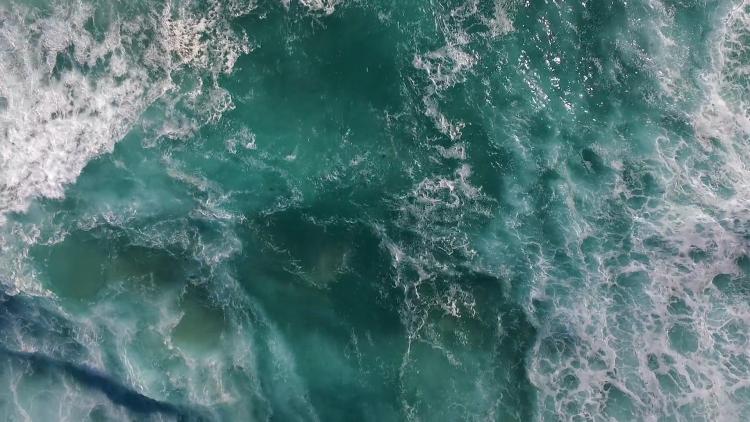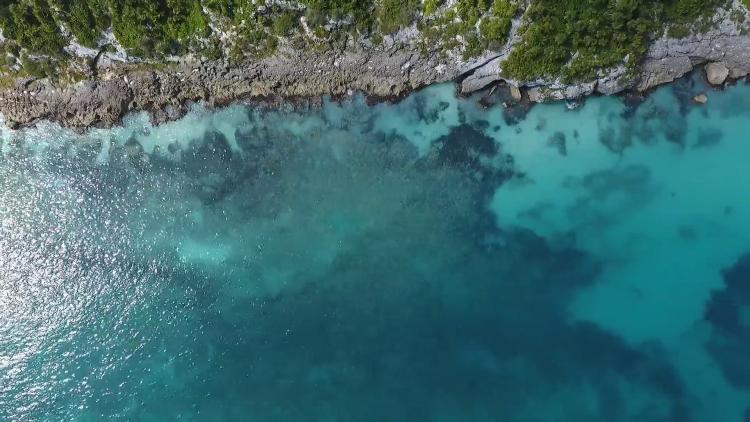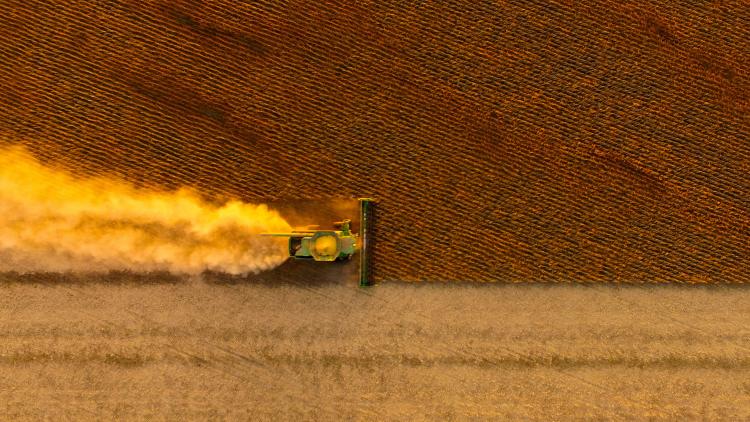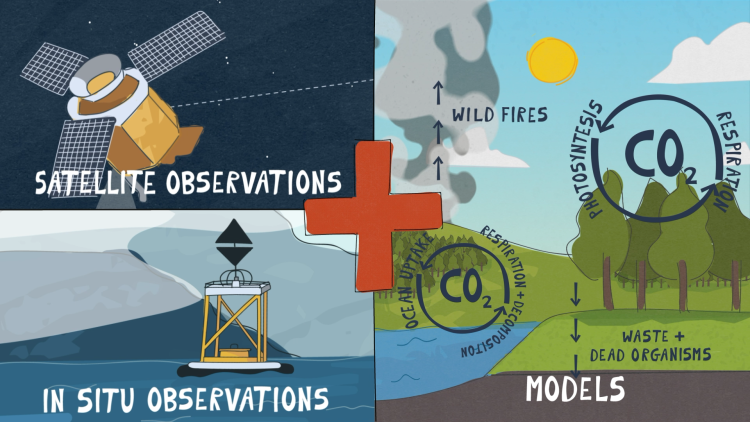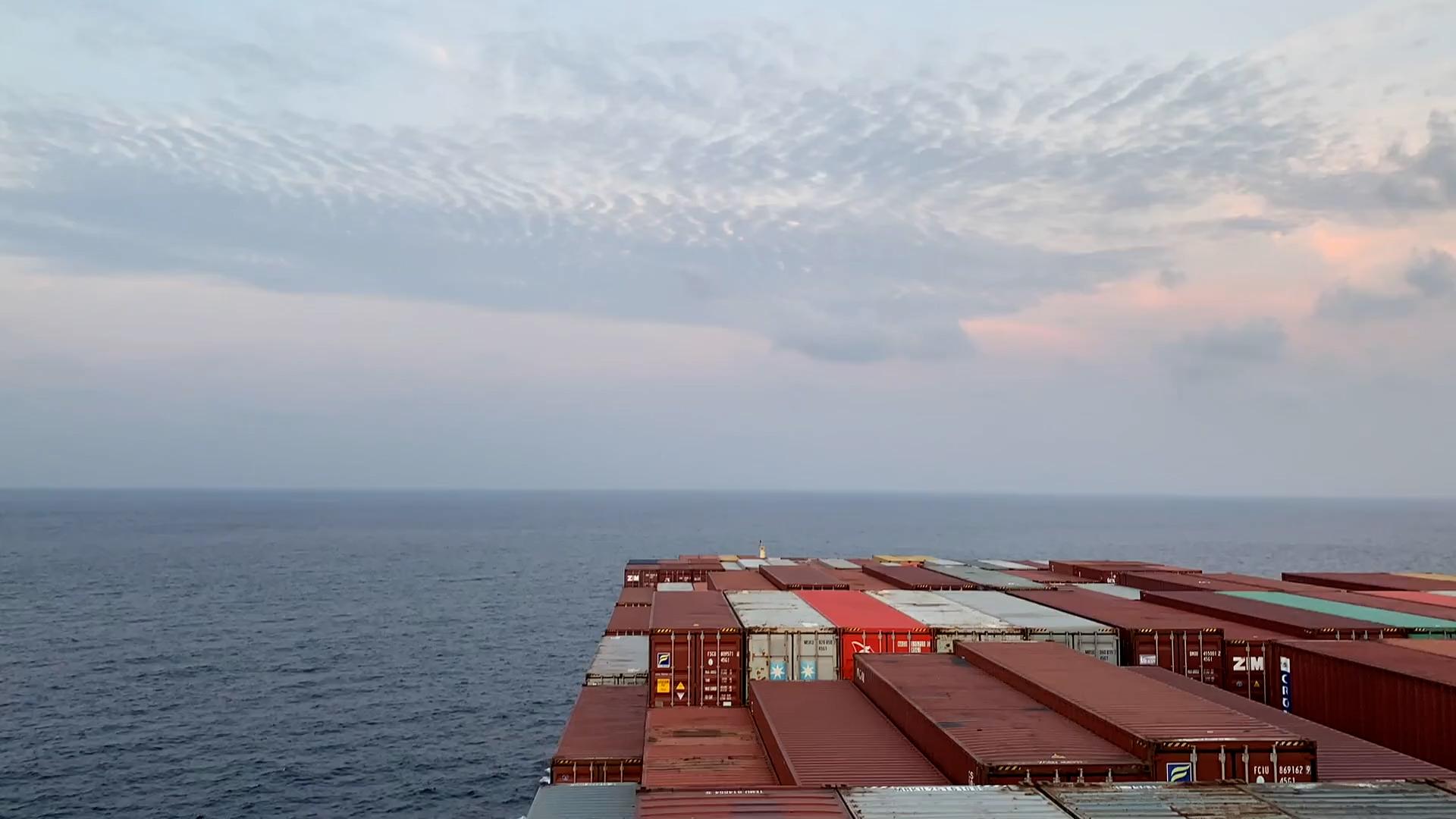
Satellites detect effect of shipping pollution on clouds
Satellite observations reveal properties of clouds over shipping tracks as well as the effect of emission-limiting regulations

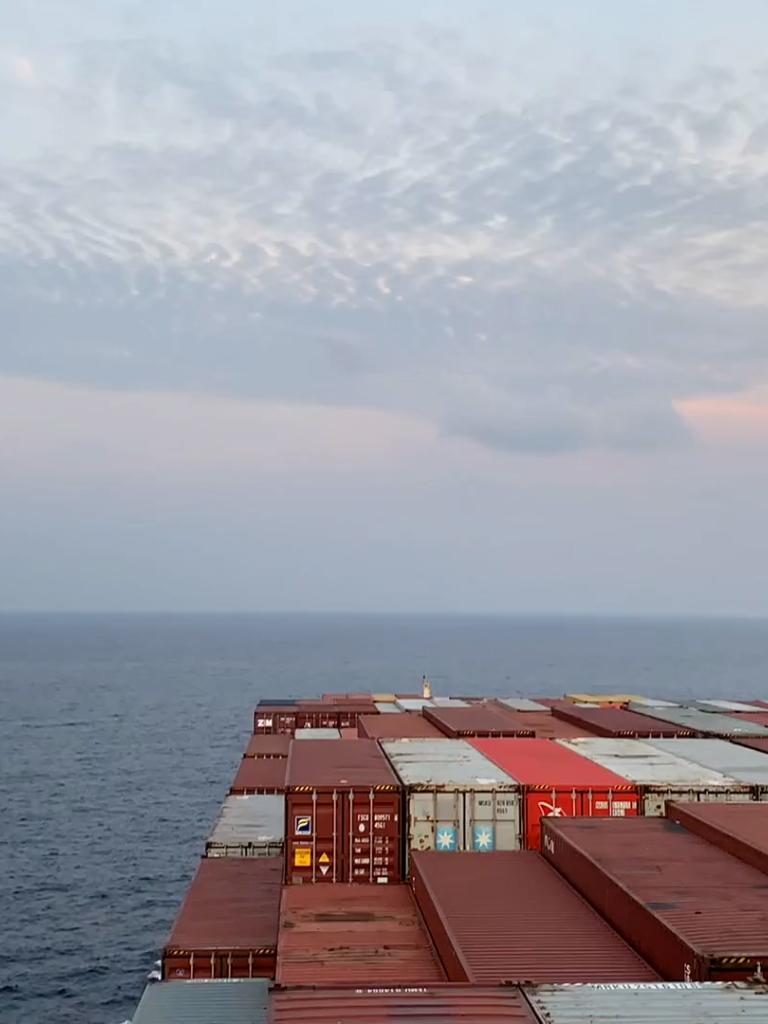
A recent case study written in collaboration with EUMETSAT’s Dr Rob Roebeling shows how satellite observations can detect the impact of pollution on clouds, which in turn, reveal insights into the climate.

They set out to see if satellite observations can be used to detect changes in cloud properties as a result of shipping pollution and assessed how new regulations to limit the sulphur content of fuel oil in ships – imposed by the International Maritime Organization (IMO) at the beginning of 2020 – impacted cloud properties.
The authors analysed satellite data from 2004-2023 for a 700km-wide section off the western Atlantic coast of Southern Africa through which a shipping route passes and found that the number of cloud droplets was highest near the shipping track and decreased with distance. They also observed that the size of the droplets was smallest near the shipping track and increased with distance.
“For cloud droplets to form, there need to be particles for water vapour to condense onto and polluted air has a greater number of these particles,” said Roebeling.
“Because there is only a certain amount of vapour in a cloud, the water then becomes distributed over more particles. So, in polluted areas, you find clouds containing more but smaller droplets. Our work confirms this known effect.
“What we want to show people through our case study is that satellite data sets can be used to see this.”
By comparing data records for this same area from before and after the IMO 2020 regulation – limiting sulphur emissions from fuel oil in ships – was put into effect, the team was also able to see that the regulation substantially reduced these effects of pollution on clouds.
“It is too early to quantify the effects that changes in low-level clouds may have on Earth’s climate,” said Roebeling.
“However, we clearly see that clouds above shipping tracks are different than those above nearby unpolluted areas, and that clouds in the region we investigated became more transparent since the new IMO regulations were introduced.”
To find out more, check out the case study “Tracking the impact of shipping pollution on Earth's climate”.
Author:
Sarah Puschmann
